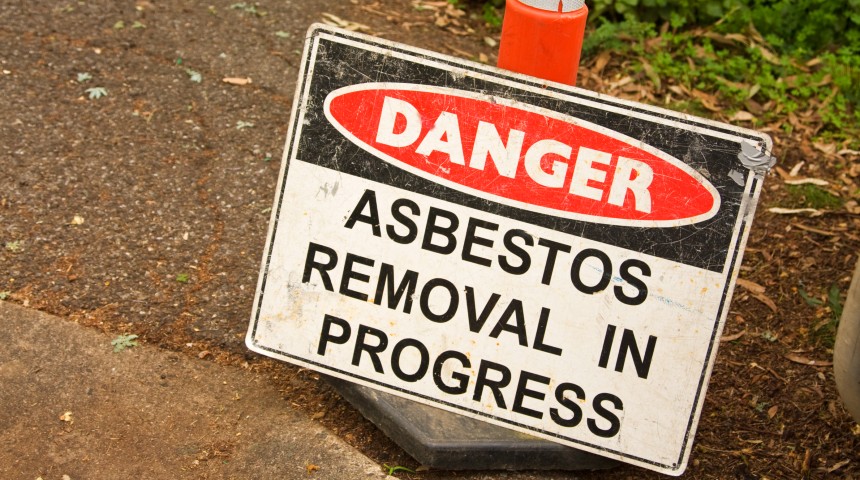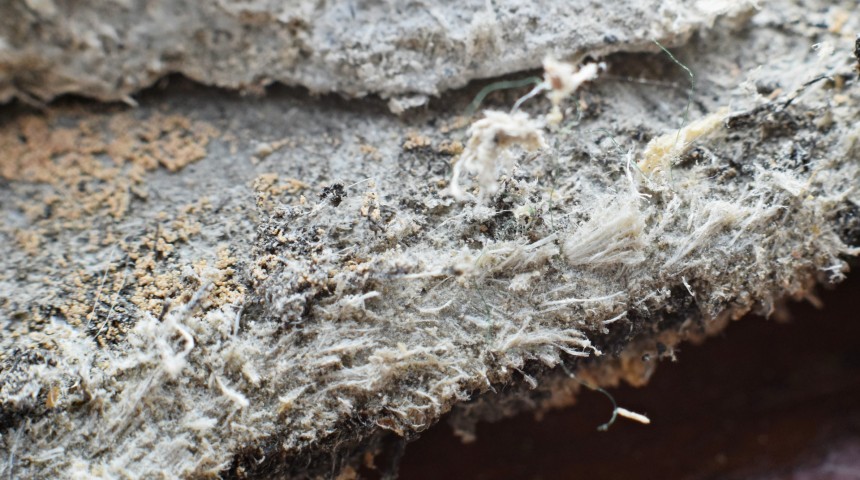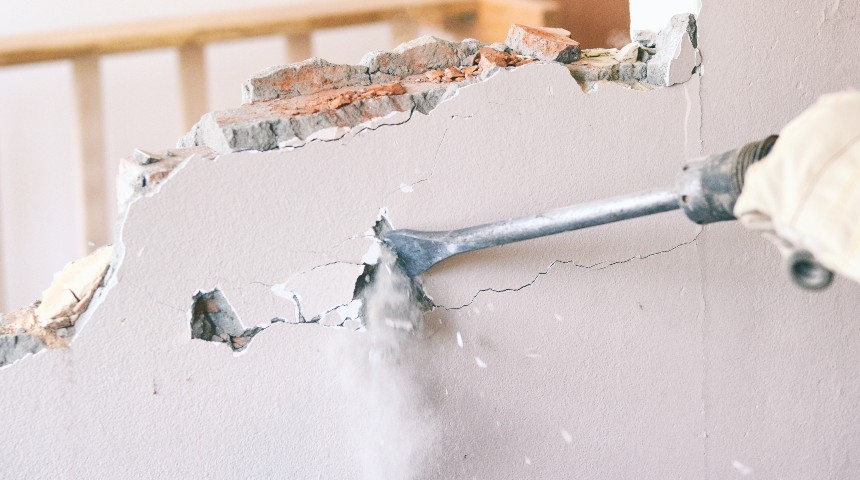
To raise awareness during Asbestos Awareness Week, Murdoch Lecturer Renae Desai FPRIA shares how asbestos is still affecting our communities and why young people should be careful when buying and renovating old homes.
DIY renovation has become a big part of the home buying experience as it provides homeowners the opportunity to customise their house to suit their lifestyle. However, many young people are unaware of the dangers lurking in the walls and fences of old homes.
Ms Desai, Lecturer in Strategic Communication, Health and Web Communication, is the Project Manager working on the Australian Asbestos Network (AAN) website project.
 Renae Desai FPRIA, Murdoch University Lecturer
Renae Desai FPRIA, Murdoch University Lecturer
What is the Australian Asbestos Network website project?
We wanted to find fresh new ways to communicate health messages, so we started with the website as the primary resource, which it still is today. As social media was developed, especially Facebook, Twitter and YouTube, we were able to forge an online community that unites patients, families, historians, lawyers, clinicians and researchers.” Renae Desai FPRIA, Murdoch University Lecturer
She says that the website sparked conversation as she responded to emails and social media posts from around the world and many were concerned about potential contact with asbestos in their environment.
What is asbestos?
It was most popular during Australia’s post-war housing boom, where it was used in walls and fencing in many of our suburbs.

What is the history behind asbestos?
Asbestos affected many people across Australia but the story of the town of Wittenoom in Western Australia is maybe the most familiar.
Wittenoom is situated near Karijini National Park in the Pilbara region of WA. It’s a site of stunning physical beauty, but the heavy history weighs down on the town known to have contributed to a wave of asbestos related diseases due to the mining and milling of blue asbestos.
Why is it important for young people to know about this?
The legacy of asbestos continues today with the rise of renovation. People may be exposed to it unawares when they demolish fences or replace walls and roofs, especially in old homes.”Renae Desai FPRIA, Murdoch University Lecturer

It is estimated that more than one million Australian homes were built using asbestos sheeting. Even more Australian homes contain asbestos in less obvious ways; in the eaves, in textured paint in the ceilings and walls, as an adhesive in wet areas (particularly under linoleum flooring) and as insulation for hot water systems.
“If you are unsure when your home was built or suspect it may contain asbestos-containing materials, you should have your home checked by a qualified tester and removalist before undertaking any renovation or maintenance work,” she said.
Anyone looking to buy, build or renovate needs to know about asbestos and how to keep yourself and your loved ones safe. Understand the types of asbestos, when it should be removed, and take every safety precaution to remove asbestos in a responsible way.” Renae Desai FPRIA, Murdoch University Lecturer
Asbestos Resources:
Australia:
- For medical information, you can visit the National Centre for Asbestos Related Diseases.
- For national resources, please go to the Asbestos Safety and Eradication Agency’s website.
- You can also find a comprehensive list of Federal and State/Territory resources on the AAN website.
- Visit the Department of Mines, Industry Regulation and Safety for answers to the most frequently asked questions.
International:
- Abestos.com - https://www.asbestos.com/mesothelioma/
-
Asbestos Diseases Awareness Organisation - https://www.asbestosdiseaseawareness.org/.
Asbestos Stories:
Listen and read the stories and experiences of people in the community who have had links with asbestos. Many of the stories relate to shared experiences in minesites and workplaces.
The Australian Asbestos Network website brings together historical, public health and medical information about asbestos in Australia. The site has been put together by a team of journalists and historians working with experts in the medical and public health fields, advocates and legal practitioners, as well as those directly affected – workers, families and carers. Supported by a National Health and Medical Research (NHMRC) grant, the project aim has been to assemble authoritative information authenticated by experts and independent of any commercial interest.
This research supports the United Nations Sustainable Development Goal 3, to ensure healthy lives and promote well-being for all at all ages.